On July 12, 2022, the world was presented with the first five images taken by the James Webb Space Telescope and so far, the degree of detail in every image is proving to be greatly beyond expectations.
The panorama below has been called ‘Cosmic Cliffs’. It depicts a young star-forming area dubbed NGC 3324 found in the Carina Nebula and the ‘peaks of the mountains’ represent the edge of this area, with the tallest peak reaching a height of seven light years.
It is a much clearer picture compared to the images produced by Hubble (a telescope that has “changed the fundamental understanding of the Universe” according to NASA) in 2008. You can compare the two below.
NGC 3324 pictured by James Webb Space Telescope
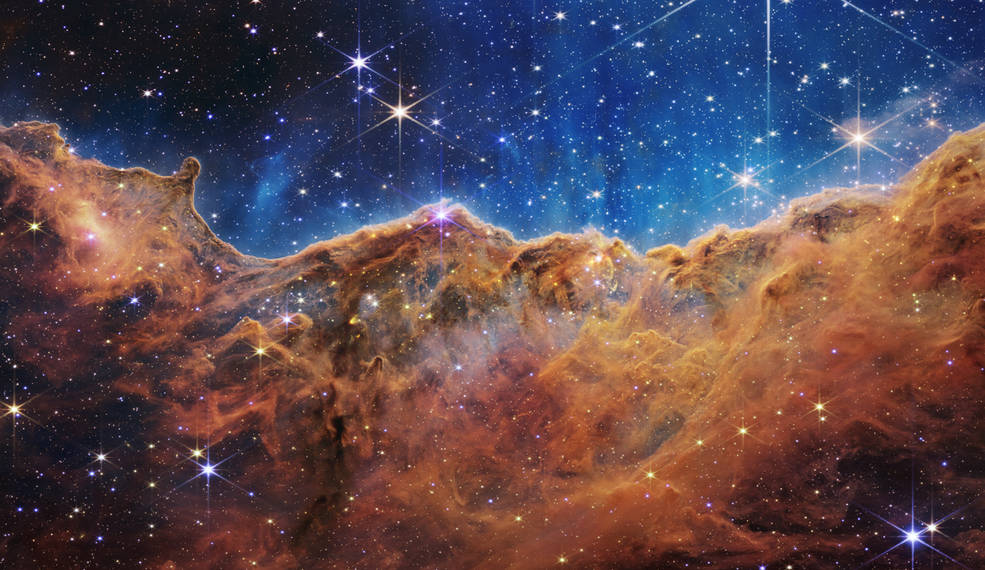
Credits: NASA, ESA, CSA, and STScI
NGC 3324 pictured by Hubble Space Telescope
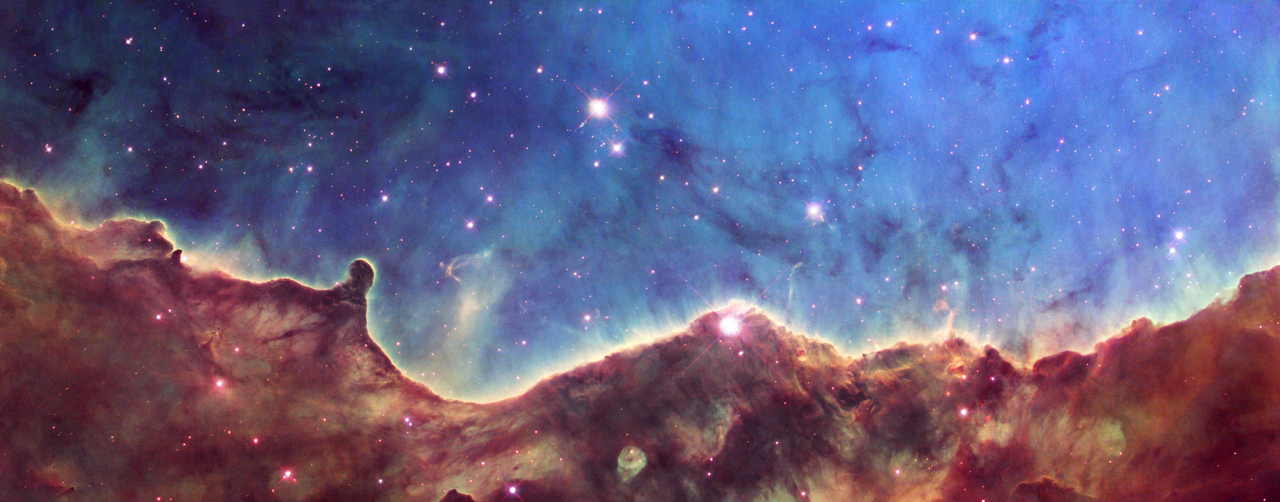
Credits: NASA, ESA, and The Hubble Heritage Team (STScI/AURA); Acknowledgment: N. Smith (University of California, Berkeley)
JWST has also created the most detailed and precise infrared image of the far reaches of the cosmos to date. This incredibly detailed image of the galaxy cluster SMACS 0723 was dubbed Webb’s First Deep Field.
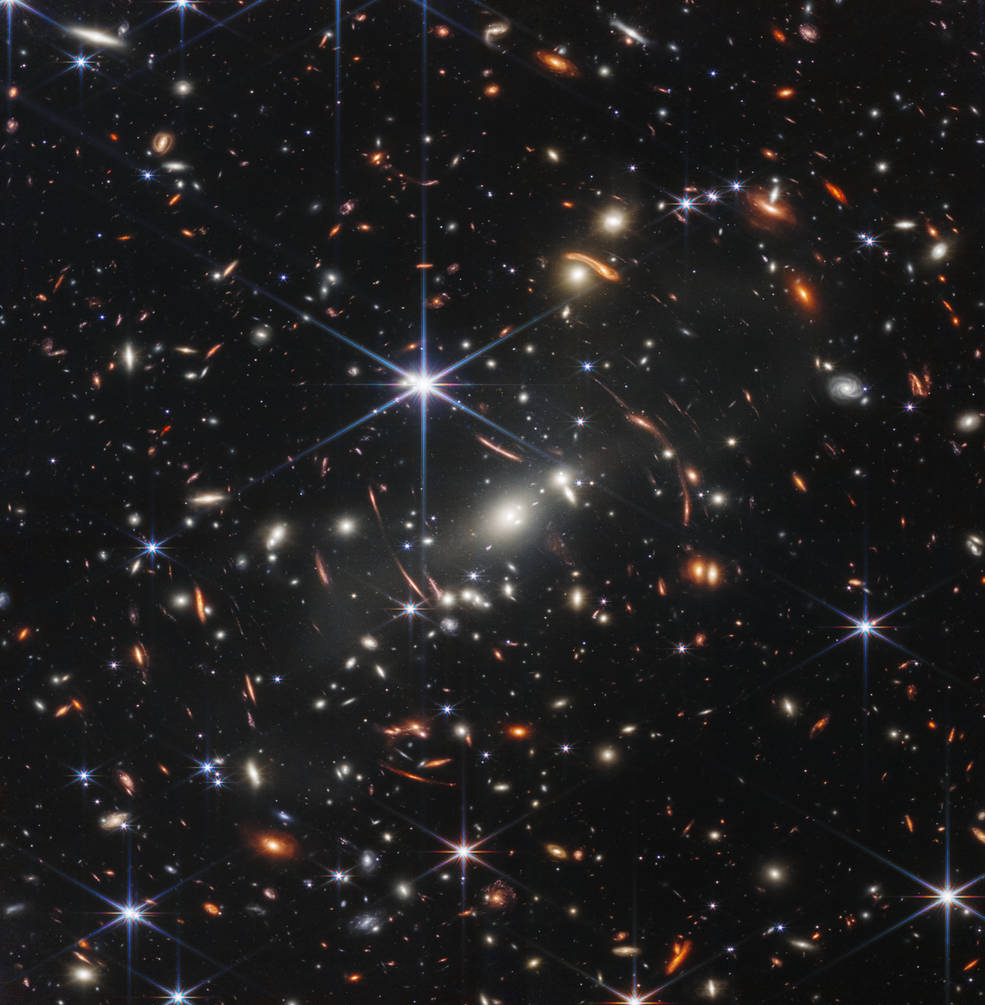
Credits: NASA, ESA, CSA, and STScI
These images serve as proof that the 10-billion-dollar observatory is on its way to performing the various stunning science operations that NASA, ESA and CSA have planned.
The James Webb Space Telescope: A brief description
Even before Hubble’s launch in 1990, astronomers started asking themselves: what comes next?
Everything from the design to the launch and operation of the James Webb Space Telescope (JWST) took about 20 years and involved around 20,000 experts from 14 nations. Its construction began in 2004.
On December 25, 2021 an Ariane 5 rocket blasted off from the European spaceport in Kourou, French Guiana with the JWST on board. After 27 minutes, the JWST detached from the rocket’s top section.
Some of the James Webb Space Telescope team at the Goddard Space Flight Center in Greenbelt, Maryland

Credit: JWST.NASA.gov
As the most significant infrared space observatory ever created, JWST’s anticipated lifecycle is that the primary mission will take five and a half years, the planned mission is anticipated to take 10 years while the telescope’s life expectancy is 20 years.
The 10-billion-dollar telescope features sensitive detectors able to catch infrared radiation from various cosmic objects including planets from our solar system, exoplanets, and galaxies. Its observations will help scientists to answer numerous questions such as how the early cosmos developed and how the galaxies evolved.
The JWST reached its observation point located 1.5 million km from our home planet in January 2022, one month after its launch.
New record: JWST spots the oldest galaxy ever seen
The James Webb Space Telescope has complemented the work of Hubble by allowing scientists to spot the oldest galaxy in the visible universe so far.
On July 20th, a week after its launch, scientists were able to distinguish the galaxies, GLASS-z11 and GLASS-z13. The latter is considered to be the oldest galaxy ever witnessed, being around 300 million years old (meaning it was born 300 million years after the Big Bang). The light we observe emanating from it must thus be 13.5 billion years old.
Image of the GLASS-z13 galaxy
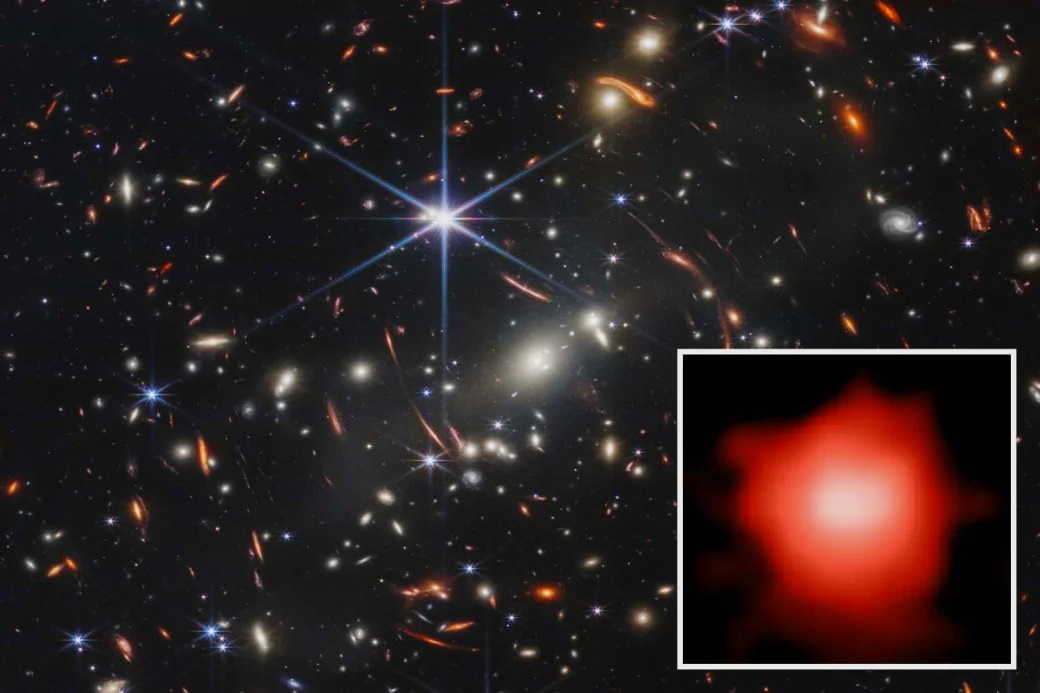
Credits: NASA/CSA/ESA/STScI
The record previously belonged to the GN-Z11 galaxy, identified by Hubble, but the newly observed GLASS-z13 appeared 100 million years earlier.
The oldest galaxy found so far is not large in cosmic terms, being around 1,600 light-years in diameter and featuring around one billion stars. In comparison, our Milky Way galaxy has a diameter of 100,000 light years and encompasses about 200 billion stars.
What does the future hold for the James Webb Space Telescope?
The telescope will enable researchers to observe events that occurred more than 13.5 billion years ago.
Astronomers are already planning to focus the telescope on some astonishing phenomena, massive gigantic black holes, quashing galaxy mergers, luminous binary stars emitting smoke signals and, closer to our home planet, wonders like Ganymede, the frozen moon of Jupiter.
Here’s a glimpse of what JWST will look at:
Pandora’s Cluster
Abell 2744, also referred to as Pandora’s Cluster. is a group of galaxies that would take us about 3.5 billion light years to reach. Researchers will look at what is happening in this dazzling galaxy cluster which is invisible to the human eye but essential to astrophysical development. The JWST equipment is expected to decipher the chemical makeup of worlds trapped in the infrared spectrum.
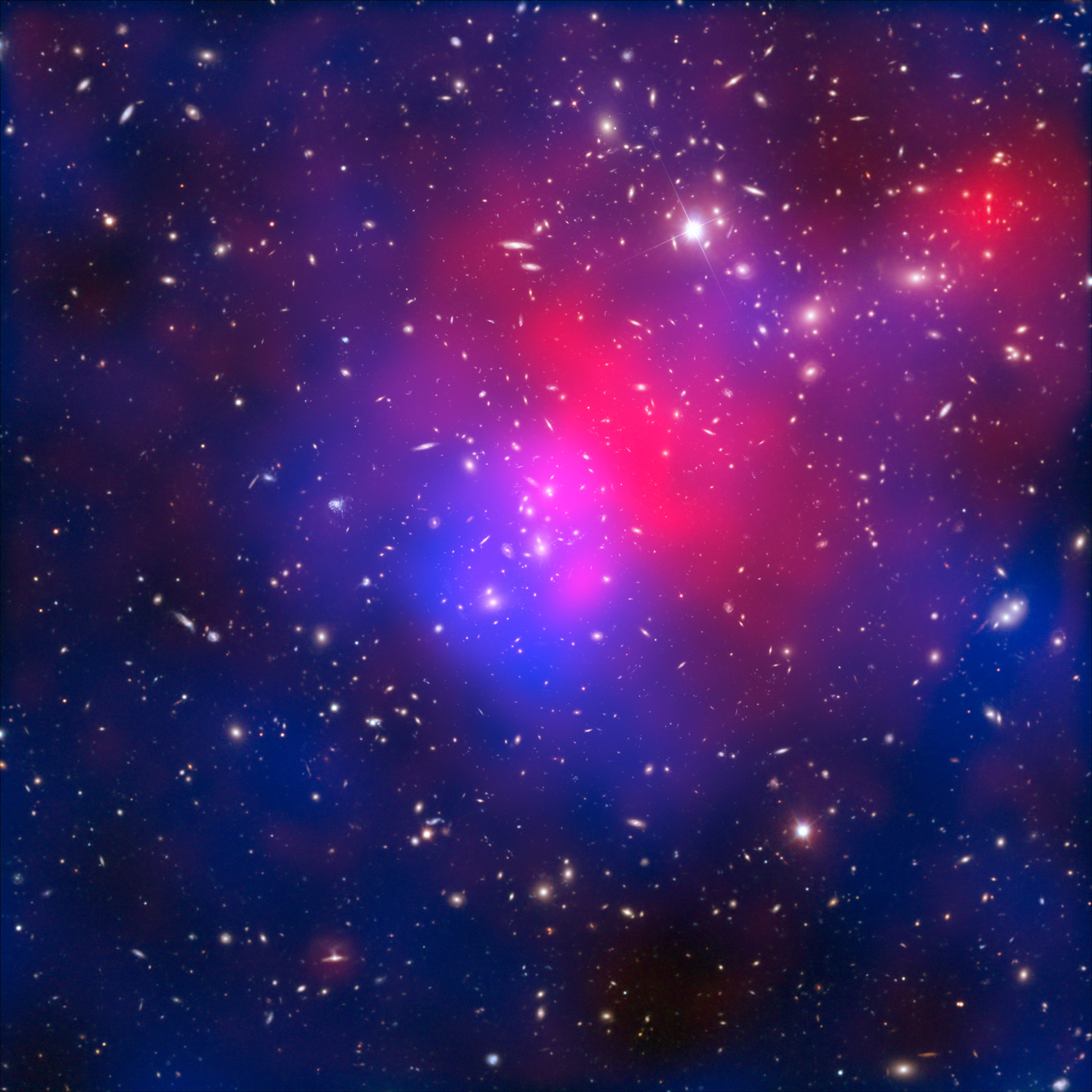
Credit: NASA
This image was made with the help of several telescopes including the Hubble Space Telescope, the European Southern Observatory’s Very Large Telescope, the Japanese Subaru telescope, and NASA’s Chandra X-ray Observatory.
Jupiter
A group of researchers will examine the planet’s temperature, gas, auroral activity and other features. The biggest planet in our solar system has already been studied by scientists and observational opportunities will be available until August.
Ganymede and Io
The Mid-Infrared Instrument (MIRI) will help to examine Ganymede and Io – two of Jupiter’s moons, with the former being the largest moon in our solar system while the latter is the most volcanically active.
The JunoCam imager onboard NASA’s Juno spacecraft captured this picture of Ganymede on June 7, 2021.
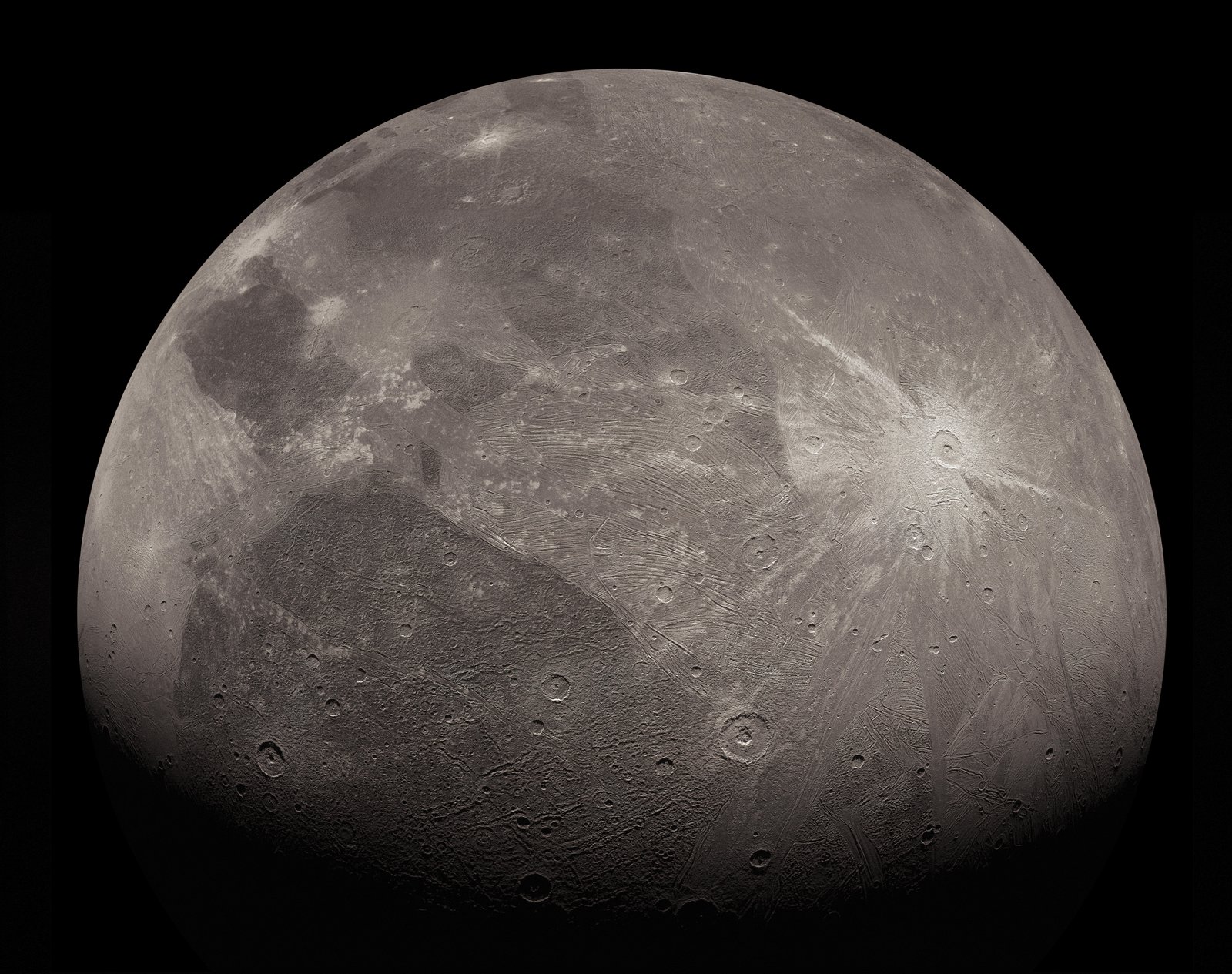
Credits: NASA/JPL-Caltech/SwRI/MSSS/Kalleheikki Kannisto © CC BY
This picture of Io was captured by NASA’s Galileo spacecraft on September 19, 1997, from a distance of over 500,000 km.
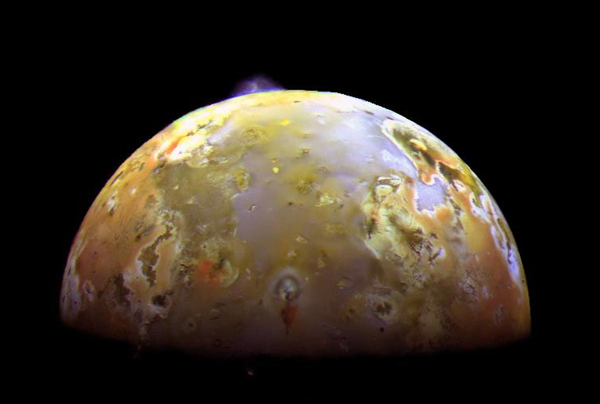
Credits: Galileo Project, JPL, NASA
Stardust
The primary component in the creation of stars and planets is stardust but we are still unsure of the exact sequence that led to our planet’s location. Only infrared light can show the early universe which is precisely what the JWST will and can explore.

Earendel
This celestial beauty dubbed Earendel (aka WHL0137-LS) was observed by Hubble on March 30, 2022. It is found in the constellation of Cetus and so far, it is the furthest star ever seen in the faraway universe. The JWST will study it further to prove that it is really a star. The next step will involve analyzing its temperature and the stage of its lifespan.
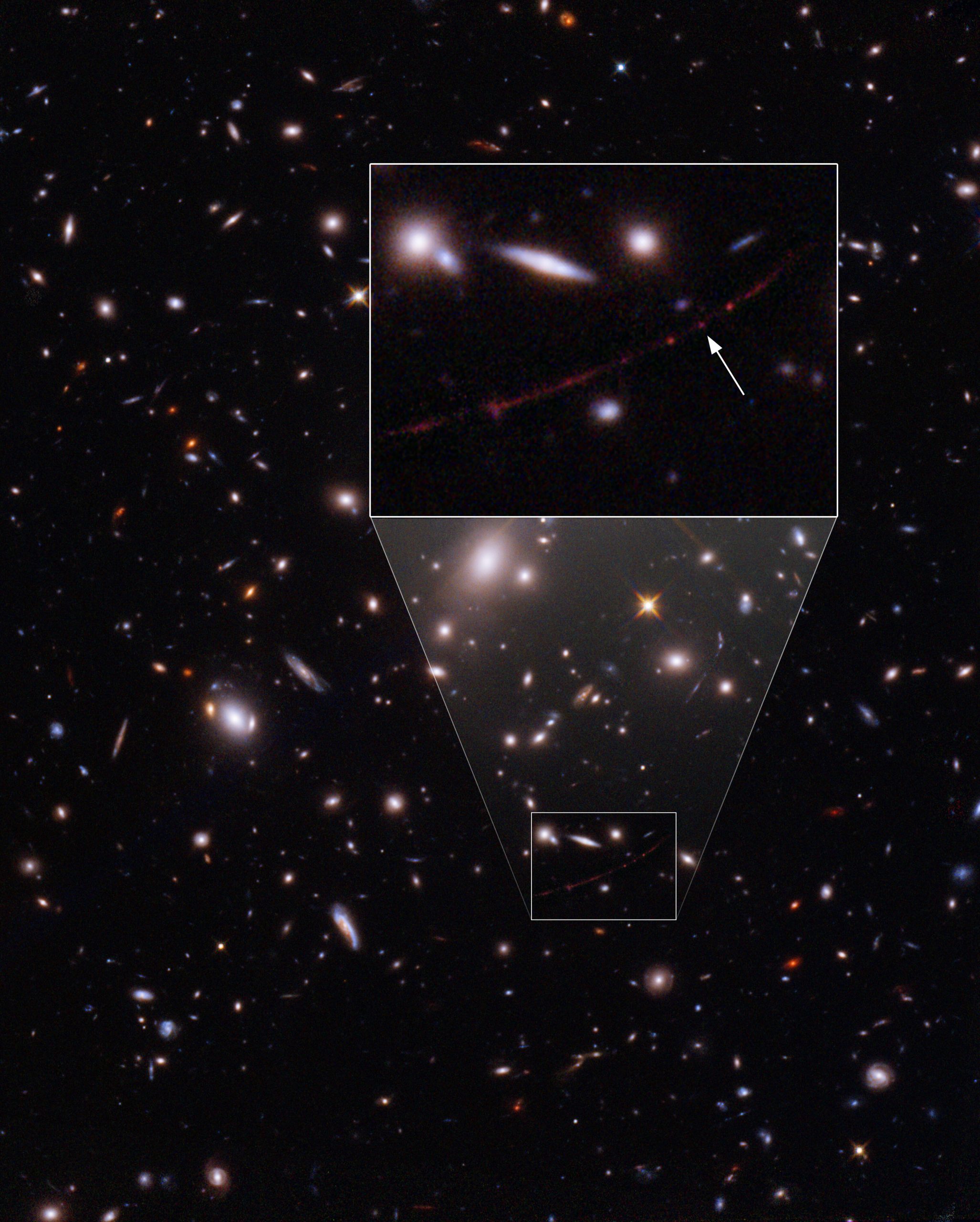
Credits: NASA, ESA, B. Welch (JHU), D. Coe (STScI), A. Pagan (STScI)
Neptune
The JWST may help to solve the mystery of Neptune by offering answers to the question “why is this gaseous planet growing colder?” Equipped with MIRI, it is expected to produce new maps of the planet’s chemical composition as well as analyze the temperatures registered within its atmosphere.
Expert’s opinion
Dr. Joe Pesce, astrophysicist, professor, science/astronomy ambassador and promoter of science literacy at the National Science Foundation, explained in a video interview with the FOX 13 Seattle TV station what the first images taken by the James Webb Space Telescope actually mean and what to expect:
“The James Webb Space Telescope allows us to see the images of space objects in better resolution and with more information than it was previously possible (…) The image with the cluster of galaxies shows very, very distant galaxies in the very early part of our Universe.
From the image of the cluster galaxies, those that are the most red come from a distance of about 13 billion light years away, and the universe is about 13.8 billion years old, and so this is from a very early phase of the history of the Universe. We’ll learn more about these objects as they form.
This is truly the beginning and we should expect lots and lots more, and we’ll be learning lots about astronomy”.
Remember that whenever you need to recruit experts to offer valuable insights that can give you an edge, RightAngle Global is here to help. We make sure that every subject matter expert is relevant and capable of answering specific queries in a world where private information is critical. Contact us.
Suggested reading:
Telecommunication trends to follow in 2022 and beyond
Smarter, safer and traffic-free – is this the new face of the transportation industry?
How does RightAngle finds the best experts?
Share to


